You may already know that the city of Rome was declared Italy's capital by Garibaldi after the unification of Italy in 1870, taking the title from Florence. (And before that, the northern city of Turin had been the capital.)
But in honour of Rome's 150-year anniversary as capital of italy, with celebrations beginning on February 4th, we've rounded up a few more curious facts that not everyone will know about the city.
READ ALSO:
1. Each year, the thousands of coins thrown into the Trevi Fountain are estimated to be worth around 700,000 euros, one of the city's most iconic landmarks. The money is all given to charity.
2. Speaking of fountains, Rome has some 280 of them, of which 50 are classed as “monumental fountains” – or around 2,000 if you count the city's famous drinking fountains, which are constantly running due to underground pressure.
3. Rome gets 15.2 million visitors every single year, according to figures from 2018, and the number keeps growing. 4.2 million of these visit the Vatican Museums and four million visit the Colosseum annually.
READ ALSO:
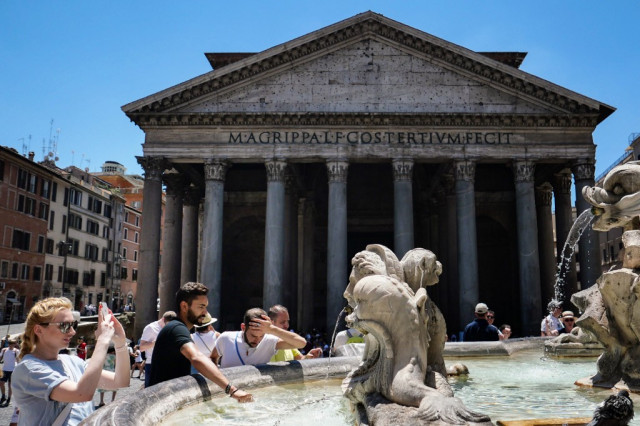
4. Rome’s first university, La Sapienza, established in 1303 AD, is the largest in Europe and the second largest in the world.
5. Rome has more parks, gardens and green spaces than almost any other European city. While many think the Villa Borghese park is the biggest, it's actually only the third-largest – Villa Doria Pamphili takes the top spot.
6. Have you seen the letters SPQR all over Rome's monuments and buildings? They stand for the Latin phrase “Senatus Populusque Romanus.” meaning “The senate and people of Rome”
7. Rome is full of fascist architecture. Reminders of Benito Mussolini's 1922-1944 reign still stand all around the city, most notably the Palazzo della Civilta Italiana – a cube-like building also known as the “Square Colosseum” – which is one of the first buildings many visitors see on arrival into the city by car from Rome's Fiumicino airport. Other landmarks include the Palazzo della Farnesina, now home to Italy’s Ministry of Foreign Affairs, and pretty much the entire Eur district.
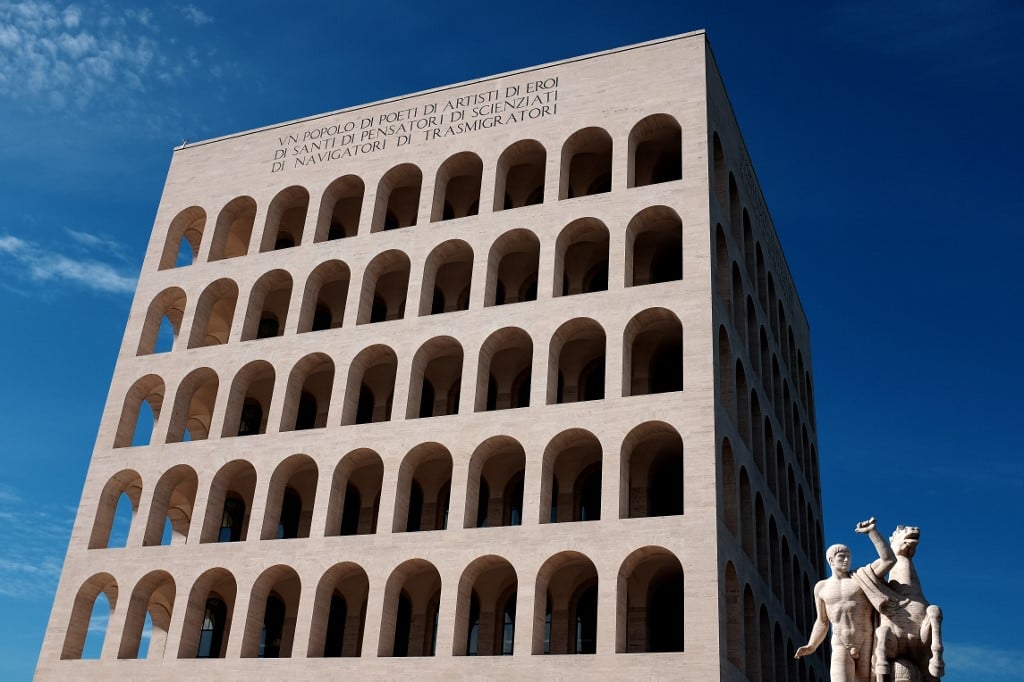
8. Rome was home to the world's first shopping mall, built by Emperor Trajan. That's if you believe the original theory about Trajan's Market – the remains of which you can still see today – that it was home to arcades of shops. Another, less exciting theory goes that they were simply administrative offices.
9. A special law allows any cat in Rome to live undisturbed in its birthplace. This means you'll see plenty of wild cats roaming the ancient ruins, as well as the dozens that live in the Torre Argentina cat sanctuary among the ruins in the city centre.
READ ALSO:
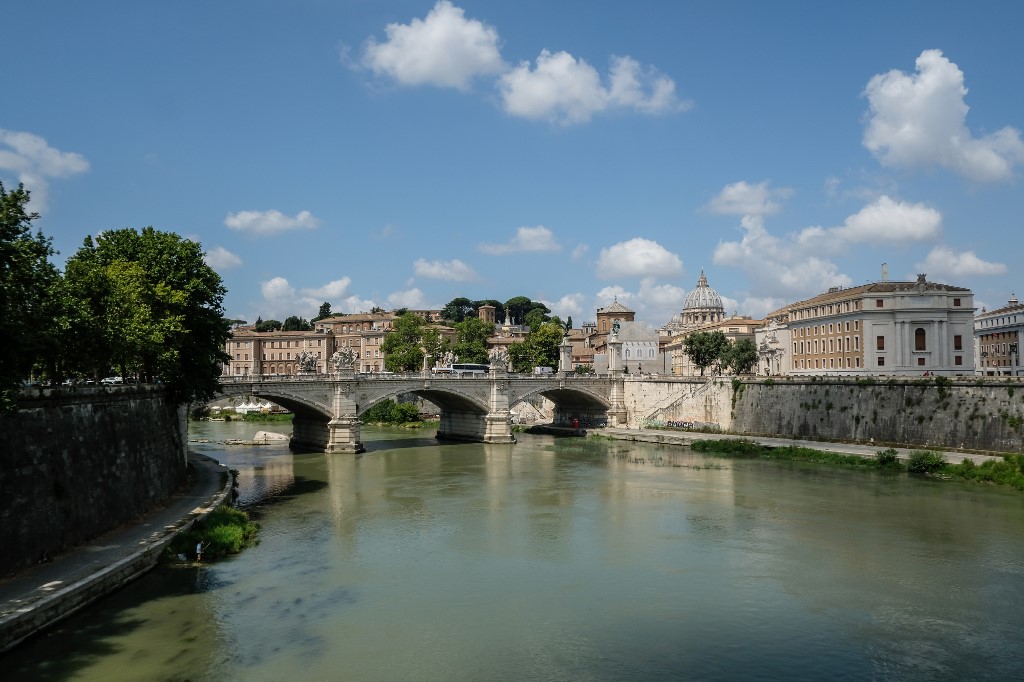

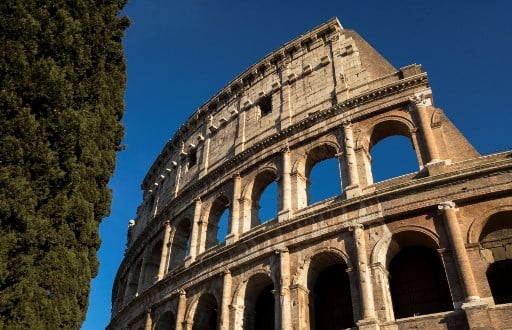
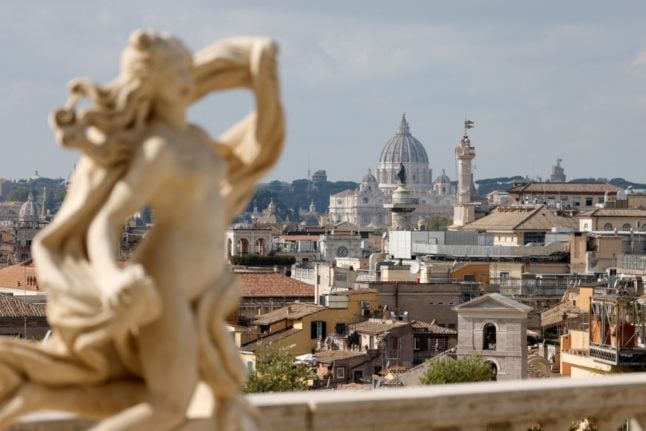
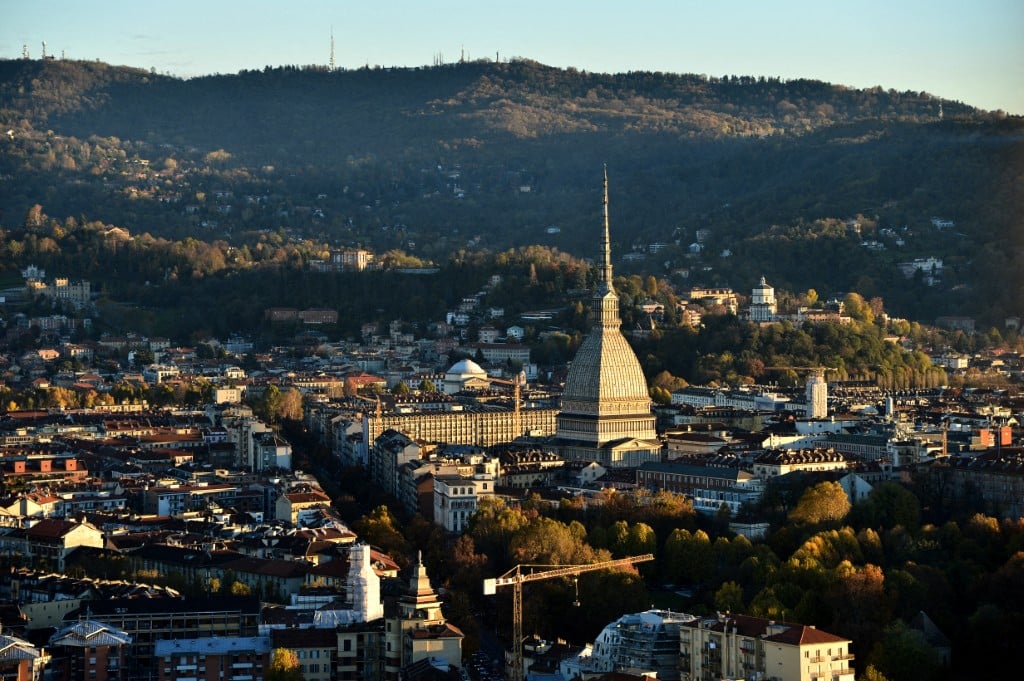
 Please whitelist us to continue reading.
Please whitelist us to continue reading.
Member comments